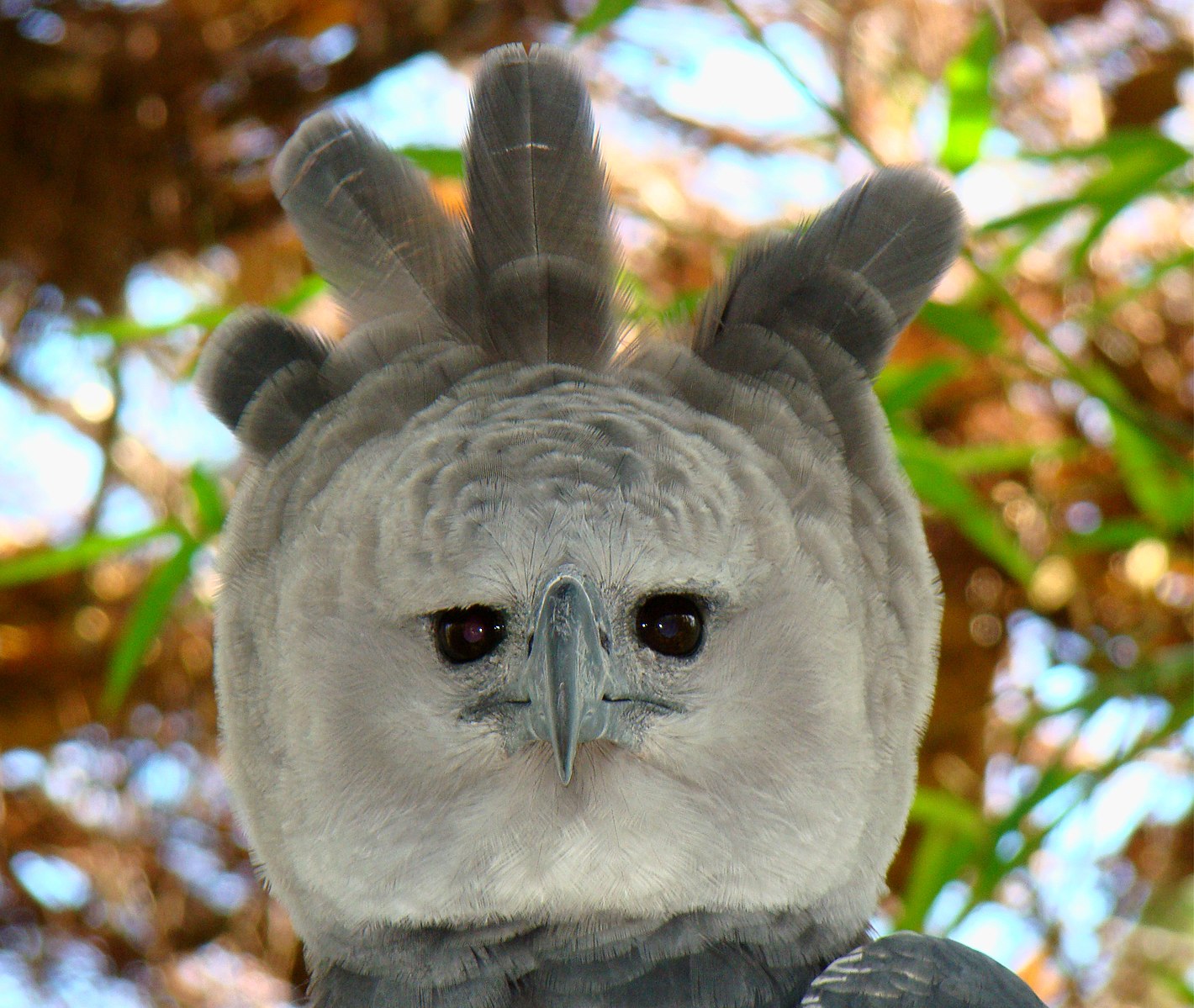The Harpy Eagle (Harpia harpyja) is the largest and most powerful raptor in the Americas, with a wingspan that can reach up to 7.5 feet (2.3 meters) and a body weight of up to 20 pounds (9 kilograms). This majestic bird is a Neotropical species that inhabits tropical lowland rainforests from southern Mexico to Argentina, with the largest known breeding population found in Panama, close to the border with Colombia.
The Harpy Eagle Population Worldwide
According to a study published in 2022, the largest ex situ Harpy Eagle population is maintained in Brazil, with 139 individuals (75 females and 64 males) in 40 institutions. Of these individuals, 62% were hatched in the wild and 38% were bred in captivity under human care. The study also reported that there were 66 Harpy Eagles kept in 37 facilities outside Brazil, distributed among 15 countries, representing 32% of the entire ex-situ population and 48% of all ex situ facilities. The United States, Germany, Peru, Ecuador, and Colombia had the largest number of individuals.
| Country | Number of Harpy Eagles |
|---|---|
| Brazil | 139 |
| United States | – |
| Germany | – |
| Peru | – |
| Ecuador | – |
| Colombia | – |
| Other Countries | 66 |
Habitat and Feeding Habits of the Harpy Eagle
 Image source: Harpy Eagle by Bjørn Christian Tørrissen
Image source: Harpy Eagle by Bjørn Christian Tørrissen
Harpy Eagles are at the top of the rainforest food chain and have no natural predators. They prey on tree-dwelling mammals including sloths, monkeys, and opossums; large birds such as macaws and curassows; and reptiles like iguanas and snakes. Their legs are as thick as a person’s arm, and their talons are three to four inches long, the same size as a grizzly bear’s claws.
These eagles occupy huge territories that can exceed 10,000 acres and build a stick nest – six feet wide and more than a foot deep – high in the jungle canopy. They mate for life and reproduce slowly, raising a chick every two to four years. Young Harpy Eagles reach sexual maturity between ages four and five years.
Threats to the Harpy Eagle Population
Harpy Eagles are threatened by habitat loss, shooting, and poaching for their feathers and mascots. A study found that shooting resulted in the death of 2.59 individuals per 100 km2 annually in the Arc of Deforestation, which may quickly lead to local population depletion or extirpation. Forest continues to be lost and degraded across much of the species’s range, and particularly in southeast Amazonia and in Central America.
Conservation Efforts for the Harpy Eagle
To conserve the Harpy Eagle population, it is essential to protect their habitat, reduce shooting and poaching, and support conservation initiatives such as captive breeding and reintroduction programs. The ex situ population of Harpy Eagles in Brazil and other countries plays a crucial role in the conservation of this species, as it may constitute a genetically and demographically viable safety population for future conservation strategies, as well as a source for research and education applied to Harpy Eagle integrated conservation.
Large areas of land with big, healthy trees are needed to conserve viable populations of Harpy Eagles. The American Bird Conservancy (ABC) supports several reserves that provide habitat for this eagle, such as the Serra Bonita Reserve in Brazil, the Narupa Reserve in Ecuador, and the Tambopata National Reserve in Peru.
Conclusion
The Harpy Eagle is a magnificent and iconic species of the Neotropical rainforests, but its population is facing significant threats from habitat loss, shooting, and poaching. Concerted efforts are needed to protect the Harpy Eagle’s habitat, reduce human-caused mortality, and support conservation initiatives to ensure the long-term survival of this majestic raptor. By working together, we can help safeguard the Harpy Eagle population and preserve the ecological balance of the rainforest ecosystems it calls home.
References:
– The Peregrine Fund. (n.d.). Harpy Eagle | The Peregrine Fund. Retrieved April 22, 2024, from https://peregrinefund.org/explore-raptors-species/eagles/harpy-eagle/
– da Silva, F. H., Sanaiotti, T. M., & Luz, B. B. (2014). Food habits of the Harpy Eagle, a top predator from the Amazonian rainforest canopy. Journal of Raptor Research, 48(1), 24-35.
– Global Raptor Information Network. (2020). Species account: Harpy Eagle Harpia harpyja. Downloaded from http://www.globalraptors.org
– González, J. D. J. V., & Vargas, A. (2018). Ex situ population of the Harpy Eagle and its potential for integrated conservation. BirdLife International.



